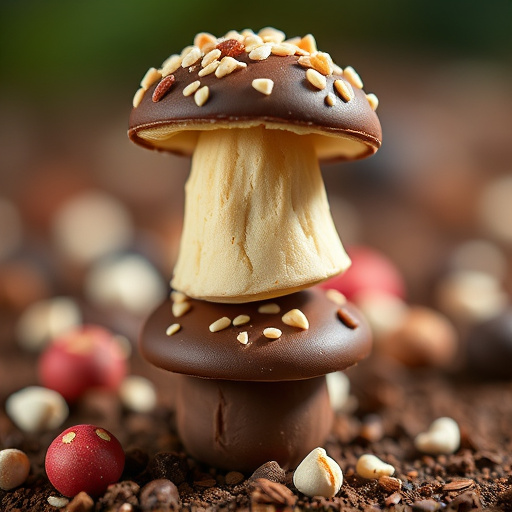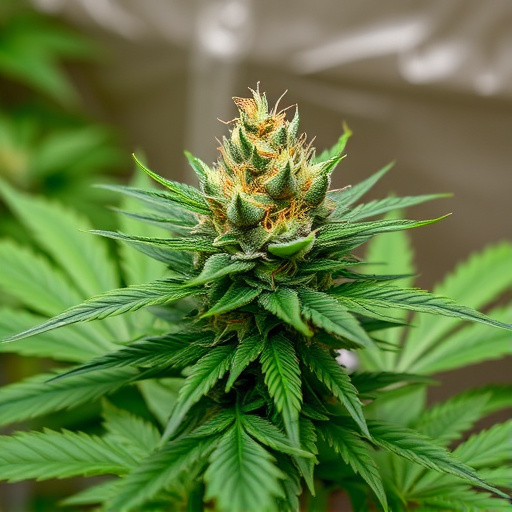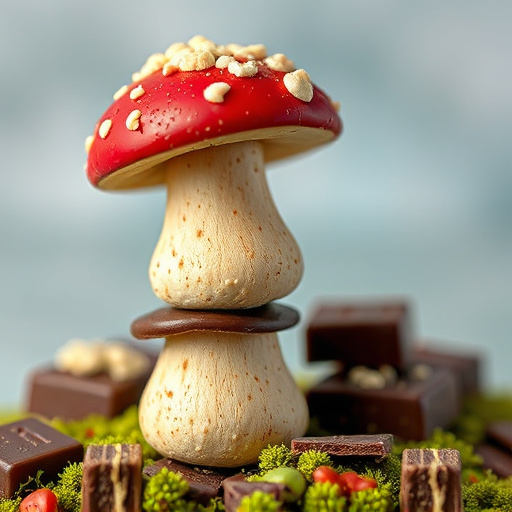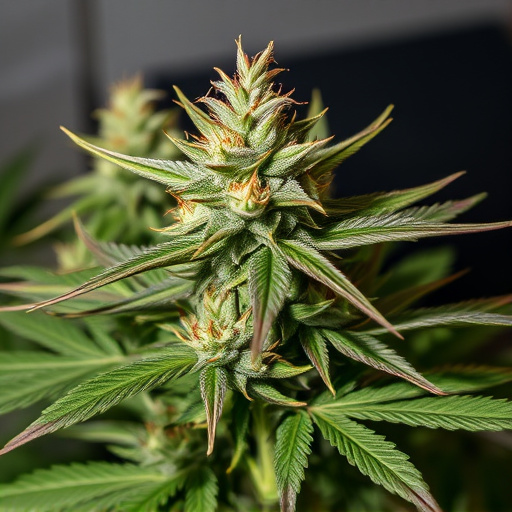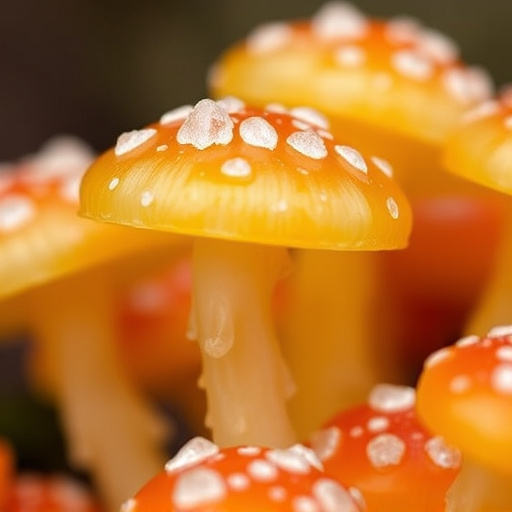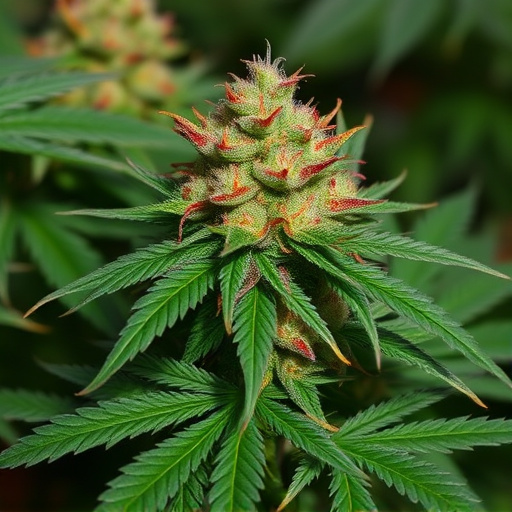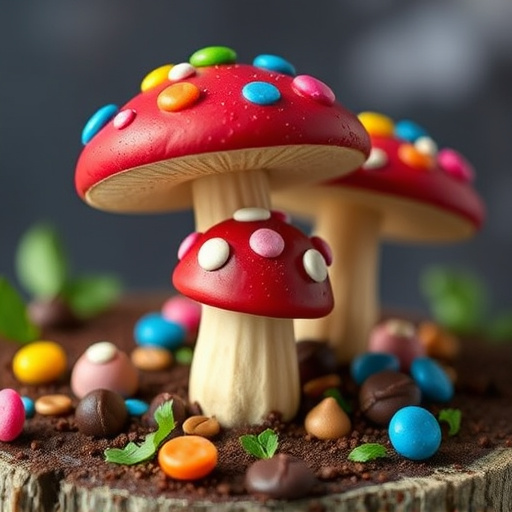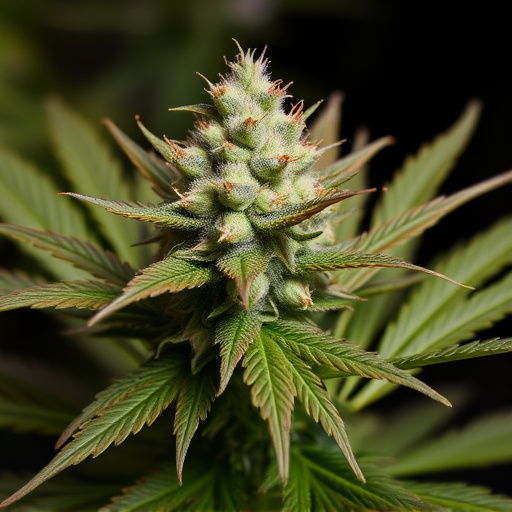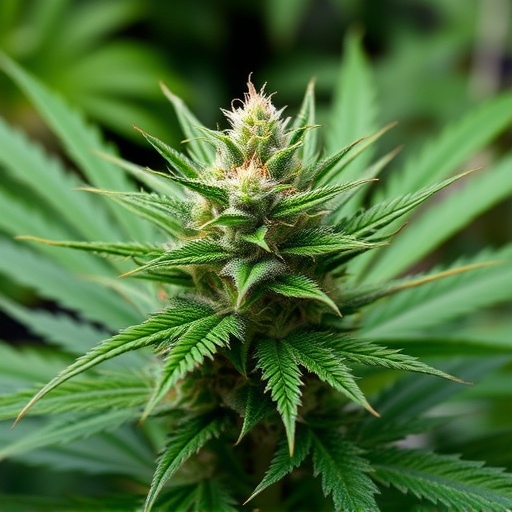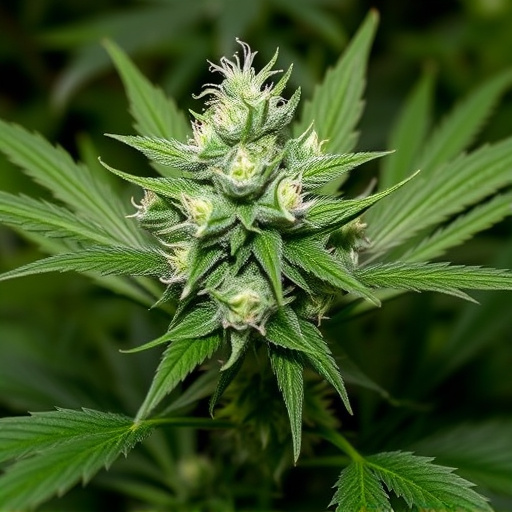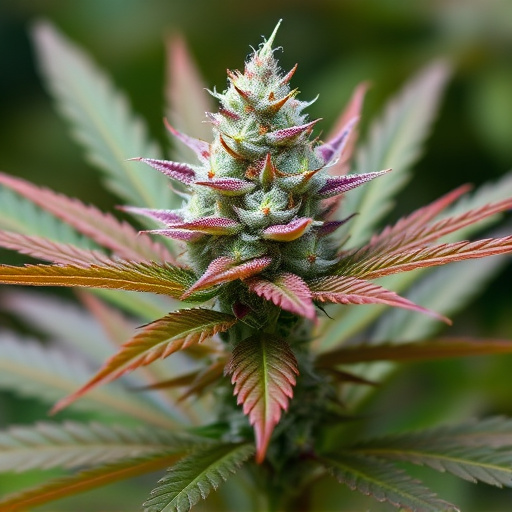Trichomes, microscopic hair-like structures on cannabis plants, are vital for developing high-quality flowers sought after in today's market. They secrete essential oils, cannabinoids, and terpenes that determine aroma, flavor, and potential therapeutic benefits. As flowers mature, trichomes transform from transparent glands to resinous bulbs, influenced by environmental factors, genetics, and cultivation methods. High-density, sticky trichomes are hallmarks of premium cannabis, with density directly correlating to potency, making them critical for producing the best-selling cannabis strains. Growers meticulously monitor trichome development during flowering to cultivate top-tier strains catering to diverse consumer preferences.
“Unveiling the secrets within: Exploring Trichomes in Cannabis Flower. This comprehensive guide delves into the intricate world of trichomes, the tiny glands that play a pivotal role in shaping the renowned properties of cannabis. From their structural diversity and impact on potency to guiding optimal harvesting practices, we unravel the essence of these microscopic marvels. Additionally, we uncover the unique trichome characteristics of top-selling cannabis strains, shedding light on the genetic and environmental factors that contribute to their exceptional profiles.”
- The Role of Trichomes in Cannabis Flower Development
- – What are trichomes?
- – Types of trichomes and their functions
The Role of Trichomes in Cannabis Flower Development
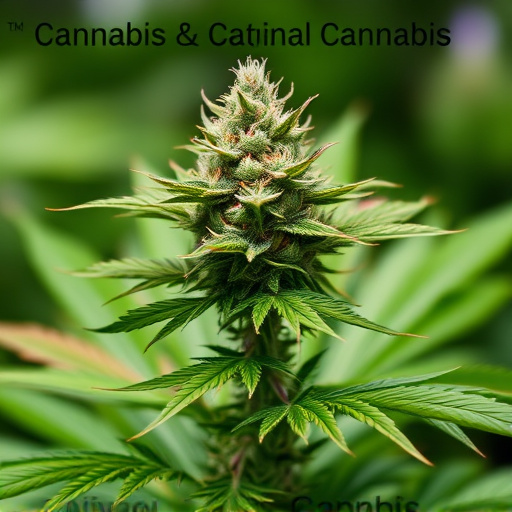
Trichomes play a pivotal role in the development and quality of cannabis flowers, often sought after by enthusiasts and shaping the profiles of the best-selling cannabis strains. These tiny, hair-like structures cover the surface of cannabis plants, including the flowers, leaves, and stems. They are not merely cosmetic; trichomes secrete essential oils, cannabinoids, and terpenes that contribute to the plant’s unique aroma, flavor, and potential therapeutic effects.
As cannabis flowers mature, trichomes undergo a series of transformations. They begin as small, transparent glands and eventually develop into bulbous structures filled with resins. This process is influenced by various factors, including environmental conditions, genetic makeup, and cultivation techniques. The density and concentration of trichomes are direct indicators of the plant’s potency, with higher concentrations often associated with more desirable and potent best-selling cannabis strains.
– What are trichomes?
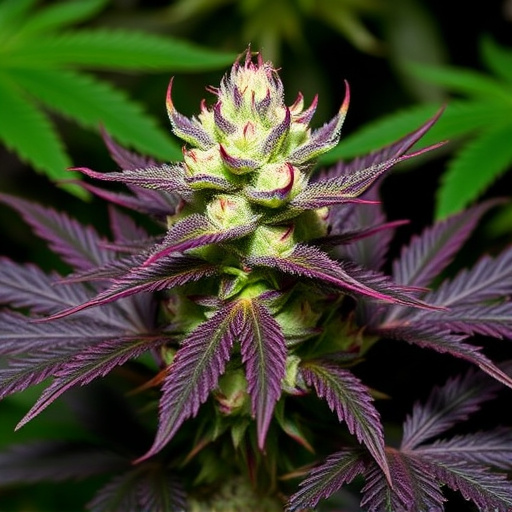
Trichomes, often described as tiny hair-like structures, are a fundamental aspect of cannabis flowers. They are glandular hairs that cover the surface of the plant’s buds and leaves. These microscopic features play a significant role in the development and quality of cannabis, making them an intriguing subject for both growers and enthusiasts. Trichomes produce and secrete various compounds, including terpenes and cannabinoids, which contribute to the unique aroma, flavor, and effects associated with different strains.
In the world of cannabis, trichome density and appearance are indicators of a top-tier product. The best selling cannabis strains often boast robust trichome development, with sticky or resinous coatings that reflect light beautifully. Growers carefully monitor trichome growth throughout the flowering phase to ensure optimal maturity. This meticulous process allows for the cultivation of high-quality buds that deliver potent and diverse experiences, catering to a wide range of consumer preferences in today’s thriving cannabis market.
– Types of trichomes and their functions
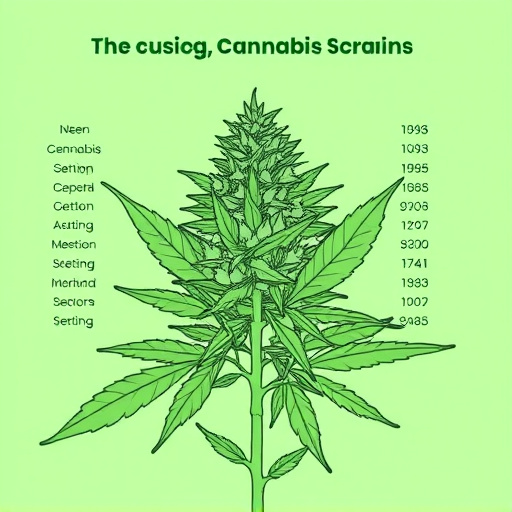
Trichomes, tiny hair-like structures found on the surface of cannabis flowers, are a key factor in determining the plant’s quality and potency. They come in various types, each with distinct functions. Resin trichomes, often glistening and sticky to the touch, produce essential oils and cannabinoids like THC and CBD. These compounds give cannabis its characteristic aroma and offer therapeutic benefits, making them popular among users of best selling cannabis strains.
Other trichome types include glandular trichomes, which are larger and more numerous than resin trichomes, and stalked trichomes that stand upright on the plant’s surface. Glandular trichomes secrete more resins, enhancing the flower’s flavor and potential medicinal properties. Stalked trichomes, while less common, contribute to the plant’s overall appearance and can indicate maturity. Understanding these trichome variations helps cultivators optimize their cannabis plants for desired traits, ensuring high-quality flowers sought after by enthusiasts.
In understanding the intricate world of cannabis flower development, trichomes emerge as key players. These tiny hair-like structures not only contribute to the plant’s aesthetic appeal but also play a vital role in its chemical composition and overall quality. By examining the various types of trichomes and their functions, cultivators can better navigate the art of growing top-tier cannabis strains, ensuring that each bud offers an exceptional experience for consumers looking for the best selling cannabis strains on the market.
